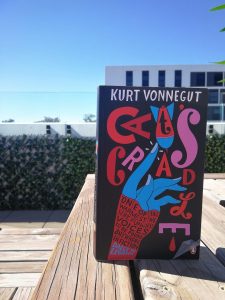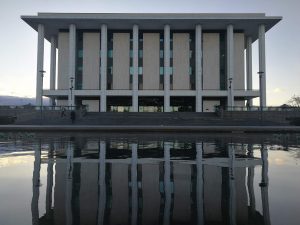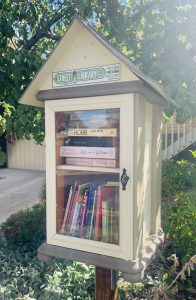Greek Cafés and Milk Bars of Australia – A Book Review.
It is 1942 and just after midnight in the sleepy NSW town of Gundagai and brothers Jack and Vic Castrission are locking up their café, the Niagara, when they hear a knock at the door. A group of smartly dressed men, who are traveling from Melbourne to Canberra, tell the brothers they are cold and hungry and had hoped the café was open for a meal. Although they had closed for the evening, Vic kindly invites the men into the warmth of the kitchen and prepares them a hearty meal of steak and eggs.
“How is the war affecting you?” one man asks Vic.
“Our monthly tea rations run out very quickly,” he replies.
After that night the Niagara café’s tea rations were doubled and much to the surprise of the Castrission brothers, it turned out the men were Prime Minister, John Curtin; future Prime Minister, Ben Chifley; and future Country Party leader, Artie Fadden. This story is featured in ‘Greek Cafés and Milk Bars of Australia’, by documentary photographer, Effy Alexakiss and social historian, Leonard Janiszewski.
Fast-forward to March 2017. I am one of the audience members gathered at the Niagara café for a lecture by the book’s authors, Alexakiss and Janiszewski. The lecture, like the book, discusses the idea that Greek migrants to Australia in the 1920s and 30s often traveled via the United States and brought with them the concept of American cuisine and culture, which up until then was influenced by very traditional British customs. This ‘Americanisation’ of Australian dining, included modern and exotic treats such as, ice cream, sundaes, milkshakes and jukeboxes.
“During the twentieth century Greek-run cafés, milk bars, soda and sundae parlours, and oyster saloons became iconic catering enterprises where many Australians, in both rural and urban settings, met often, ate regularly and at ties partied hard,” writes Janiszewski in his introduction to the book.
“Australian Greek cafés and milk bars are a global sensation in the modern era. Food-catering enterprises run by Greek migrant/settlers successfully married Hellenic and cross-cultural influences with local needs”, he adds.
The book’s introduction notes that Alexakiss and Janiszewski conducted over 30 years of research, traveled four continents and selected from over 1,800 interviews and historical photographs to be included within the book. Hundreds of cafés and milk bars are pictured in the 256 pages and memoirs from their owners, staff and customer are included in the book’s text, as well as factual information about Greek immigration to Australia.
Vic Castrission was the proprietor of the Niagara Café for 60 years and he was also my grandfather, hence my initial interest in this book. However, once I began reading it soon became clear that it was enjoyable for far more reasons than my own family-ties.
The premise of this book is that early Greek migration heavily influenced popular culture in post-war Australia. This notion, that food and dining culture inspired all elements of the Australian way of life, including architecture, fashion and music, is fascinating.
However, perhaps the only negative point of this book is its inaccessibility, being for sale online through selected sites and promoted through niche forums and social media groups.
‘Greek Cafés and Milk Bars of Australia’ is an engaging book and would be of interest to a wide-range of readers, including Australian pop-culture enthusiasts, Greek-Australians and foodies alike. Its beautiful vintage photographs are especially appealing and stand alone as a point of interest for those who are fortunate enough to get a copy of the book.




Be the first to comment!